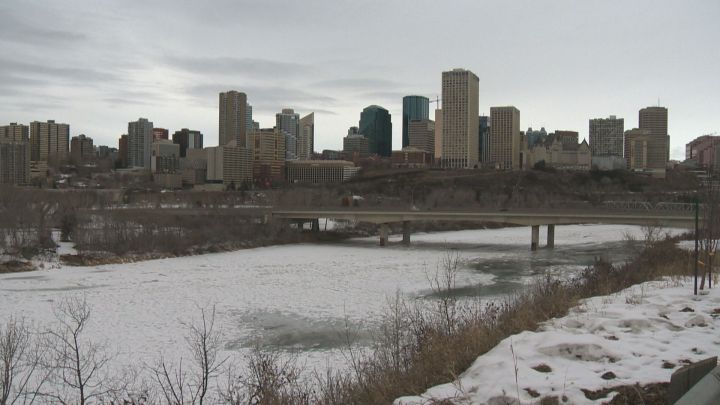EDMONTON — Since early 2015, many weather experts have been predicting a warmer and drier than normal winter and spring in Alberta.

Just two months into 2016, those predictions appear to have been spot on — at least in Alberta’s capital region, which has seen very little harsh winter weather.
“El Nino has played a major role in our temperature and moisture profile over the past months,” said Global Edmonton Meteorologist Jesse Beyer. “Being above average temperature-wise, and below average precipitation-wise is something we’ve been talking about all along.”
In January, temperatures were 2.6°C above average.
Conditions were also quite dry, as Edmonton received less than half the normal amount of rain or snow compared to long-term trends.
In February, the mercury climbed above the seasonal average mark for 23 of the 29 calendar days. The average daytime high was 3.1°C , while the 30-year average has temperatures of -2.7°C .
Conditions felt downright springlike on more than a few occasions, as the thermometer climbed past 8°C on four different occasions.
The mild conditions were quite rare. It was the fourth warmest February of the past 50 years, beat out by 1977 (6.1°C ), 1984 (4.4°C ), and 1991 (4.0°C ).
February is typically the driest month of the year, and with dry El Niño predictions, expectations were quite low. However, precipitation totals were proportionately not as low as they were in January.
February saw about 7.4 millimetres of rain and snow while the 30-year trend shows totals of 12 millimetres — making this past month the seventeenth driest February of the past half-century.
Ironically, on the leap day which occurs just once every four years, Edmonton saw temperatures that hadn’t been seen in over four weeks. The morning time low of -14.2°C on Feb. 29 was the coldest temperature recorded at the Edmonton Blatchford weather station since Jan. 22.
“February 29th should have been March 1st,” said Beyer.
“With the coldest day of the month falling on a leap day, our February numbers could have come in even warmer without factoring those temperatures in.”
When compared to the other 12 leap days from the past 50 years, Edmonton saw the fourth coldest temperatures as the daytime high was just -7.5°C.
So what should we expect going forward?
“It does look like March will start mild, but there is precipitation in the forecast. A lot of farmers are hoping for some good spring moisture to chip away at last year’s deficit,” Beyer said.




Comments